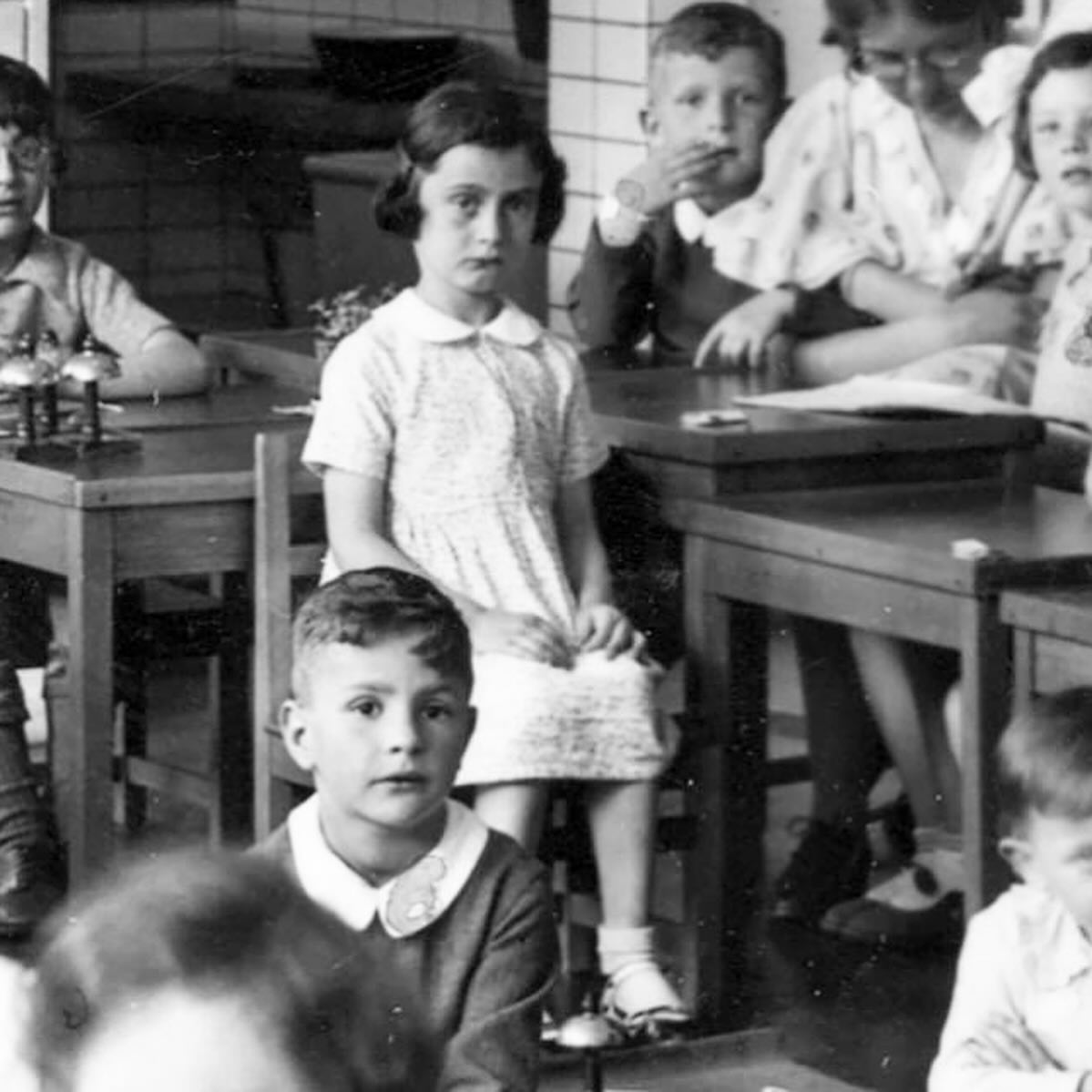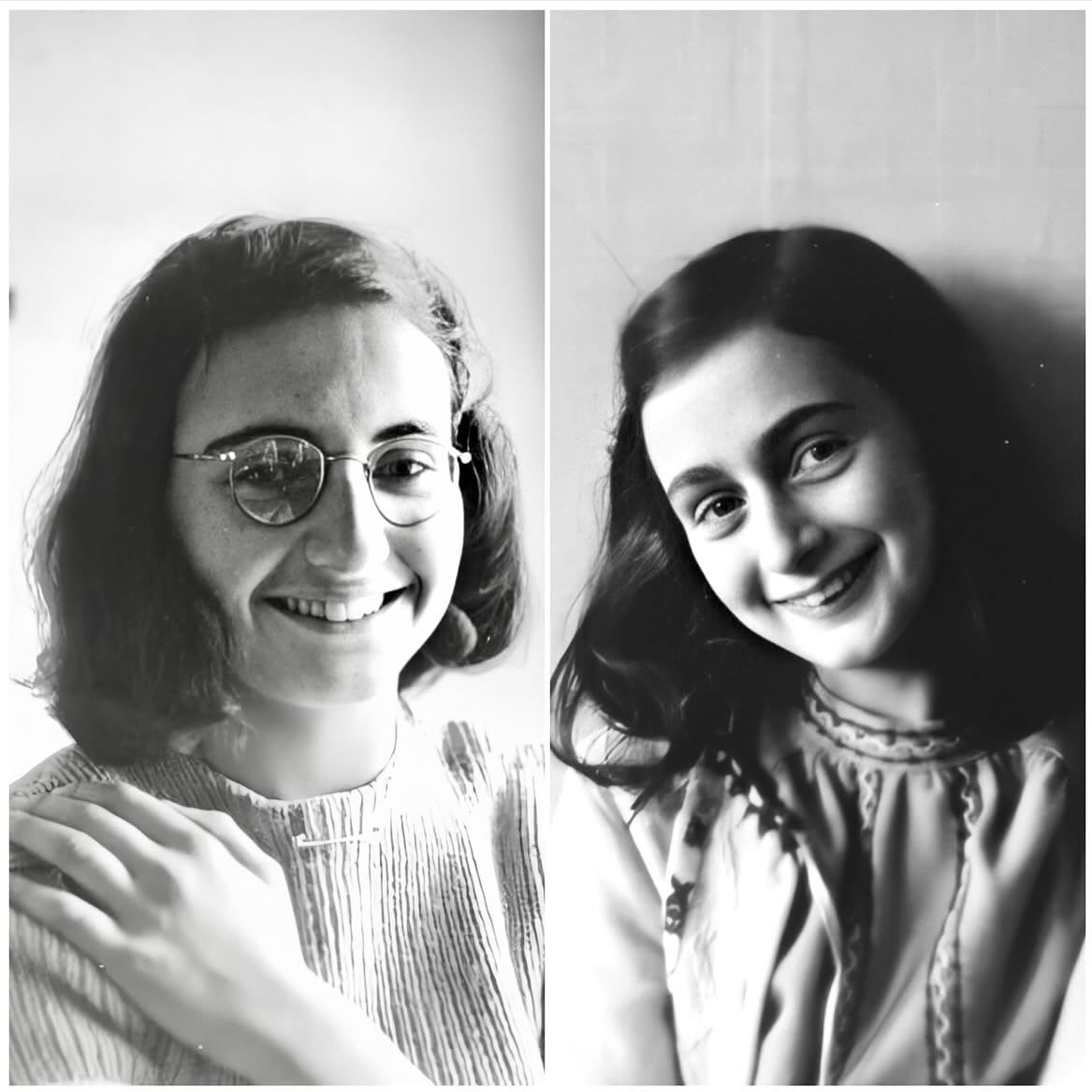The School That Knew Anne
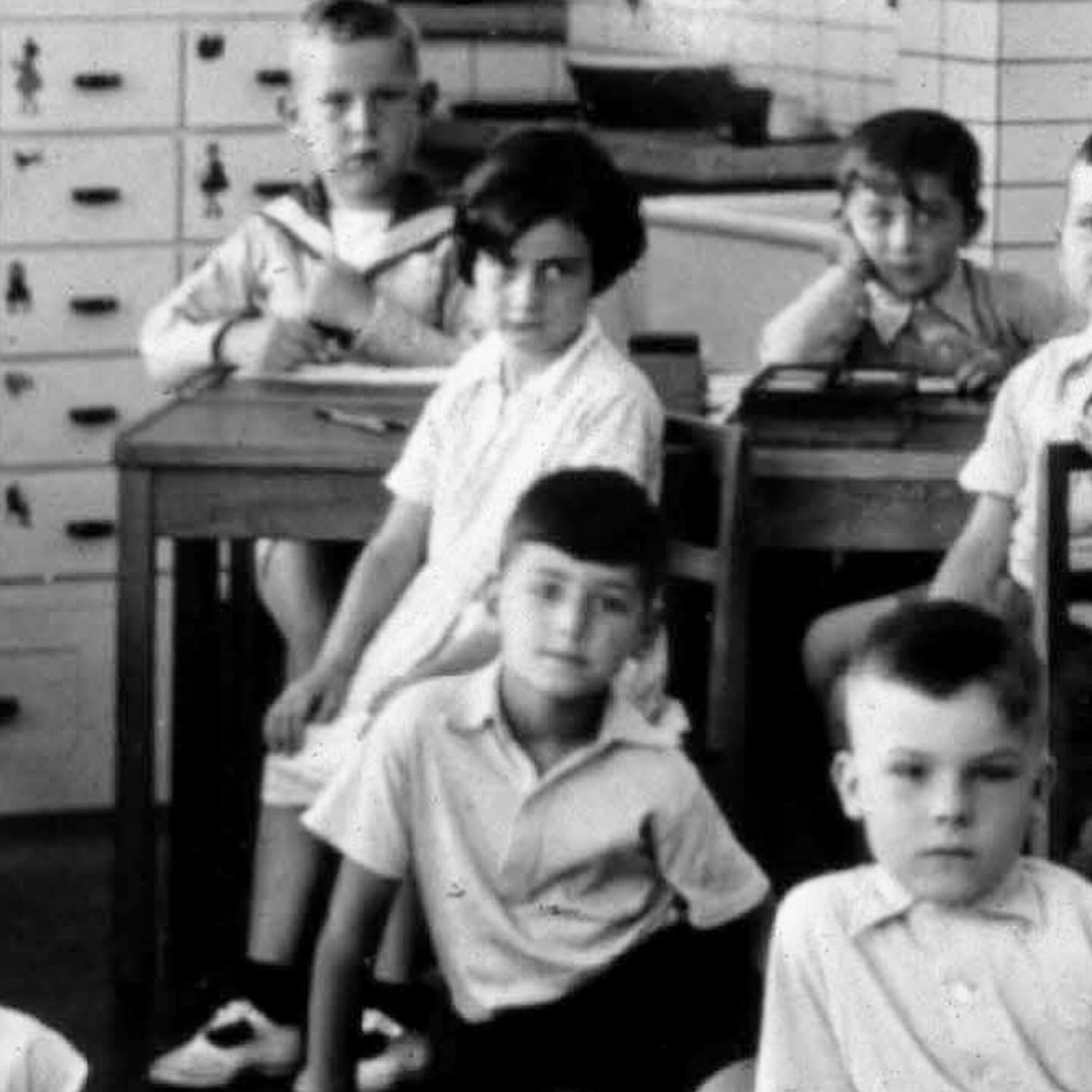
For a child as strong-willed and independent as Anne Frank, a traditional classroom would have been a poor fit. Fortunately, on April 9, 1934, she found her place at a local Montessori school on Niersstraat, just a short walk from her home. It was a school built on the principle of freedom and individual learning—a philosophy that perfectly suited the girl who would one day change the world with her words.
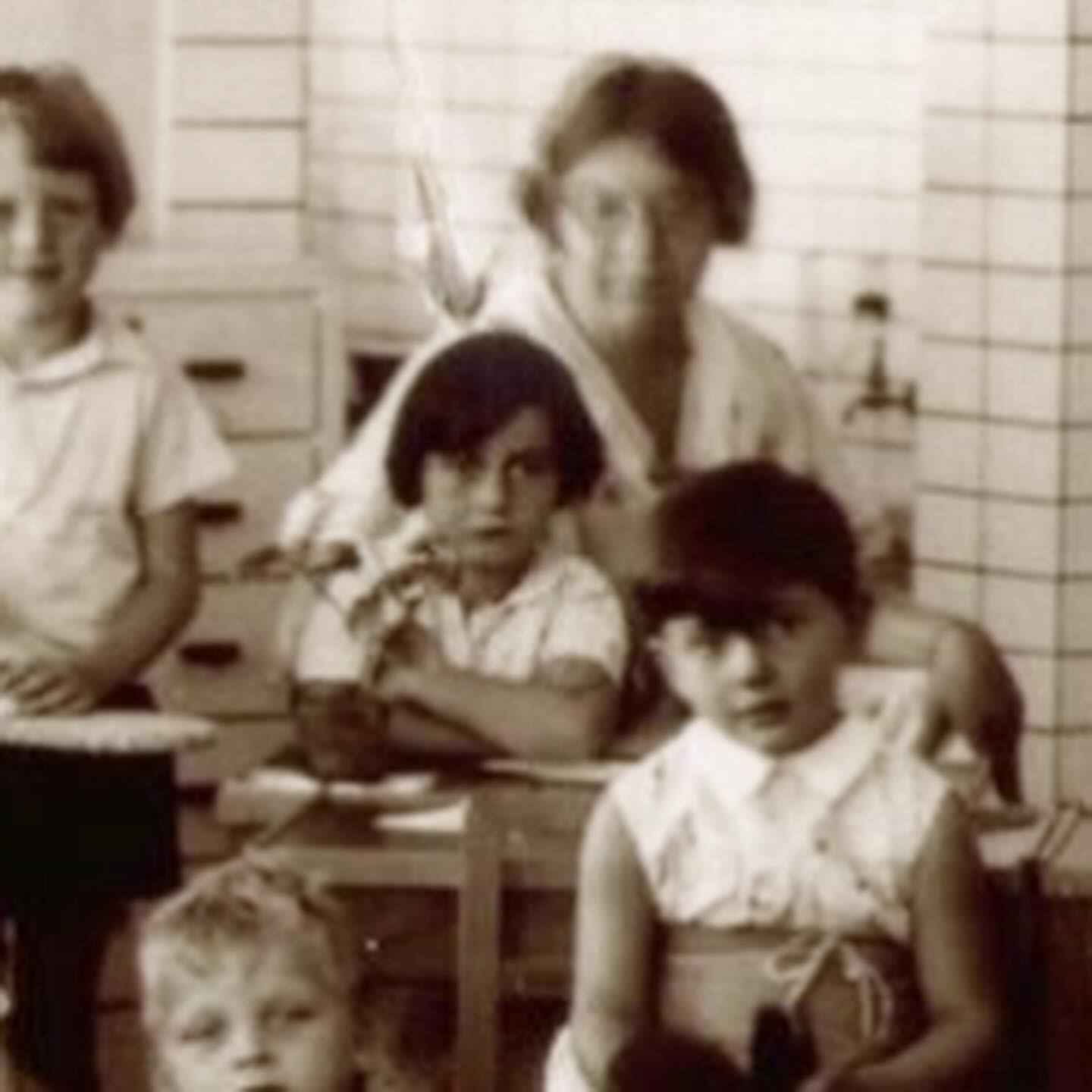
Otto Frank, a proud and observant father, later noted that the Montessori system was “good for Anne, as every child was treated individually.” He recognized that his daughter, though bright, was not a model student. She “hated maths” and only excelled in subjects that captured her imagination, especially history. This school allowed Anne to be herself: to follow her curiosity, to learn at her own pace, and to thrive in an environment that celebrated her unique spirit rather than trying to contain it.
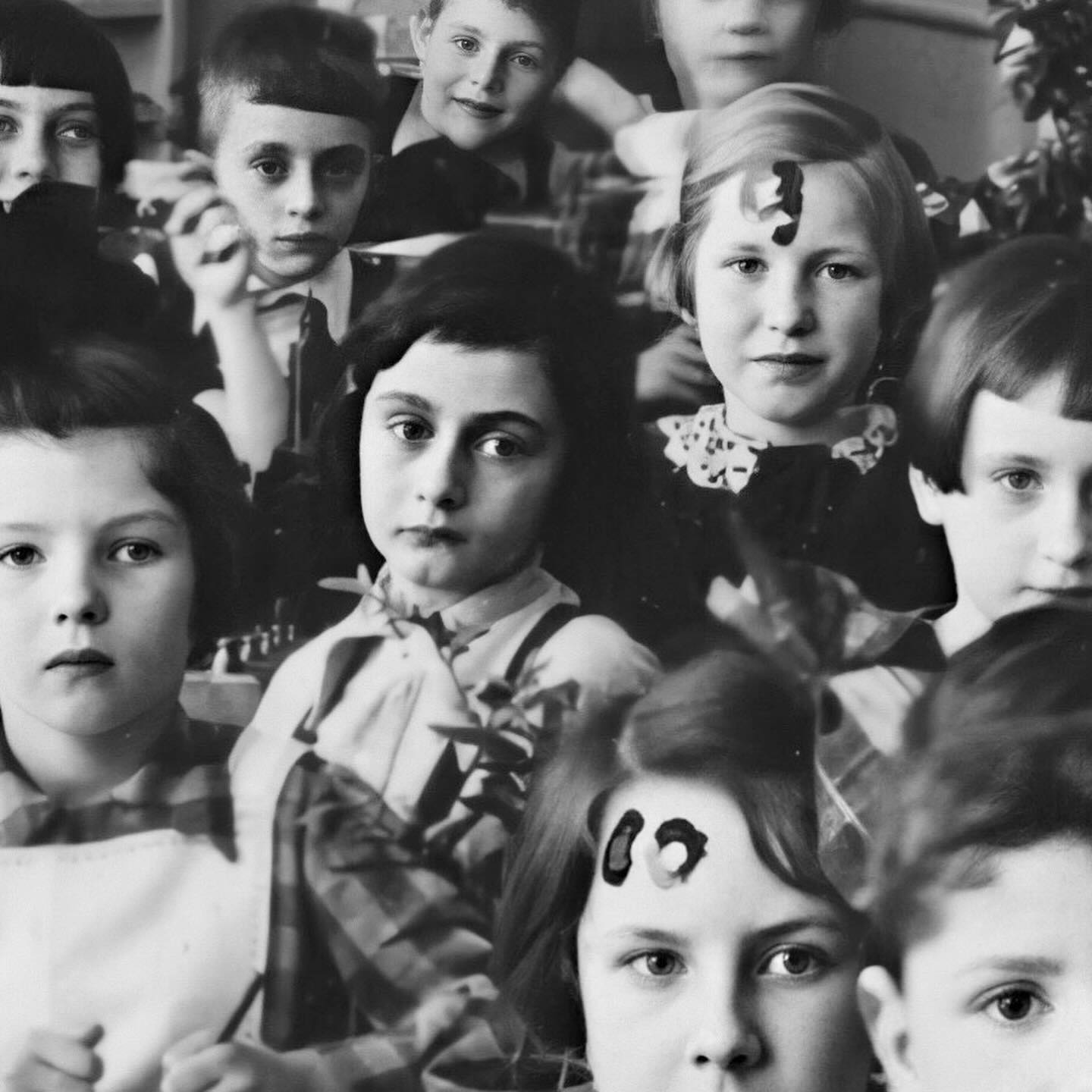
This period of her life, filled with the joy of learning and the freedom to be herself, lasted until October 1941. At that point, new Nazi decrees forced her to leave her beloved school and attend the Jewish Lyceum. The world outside the classroom was beginning to close in, and the freedom she had enjoyed was slowly being taken away.
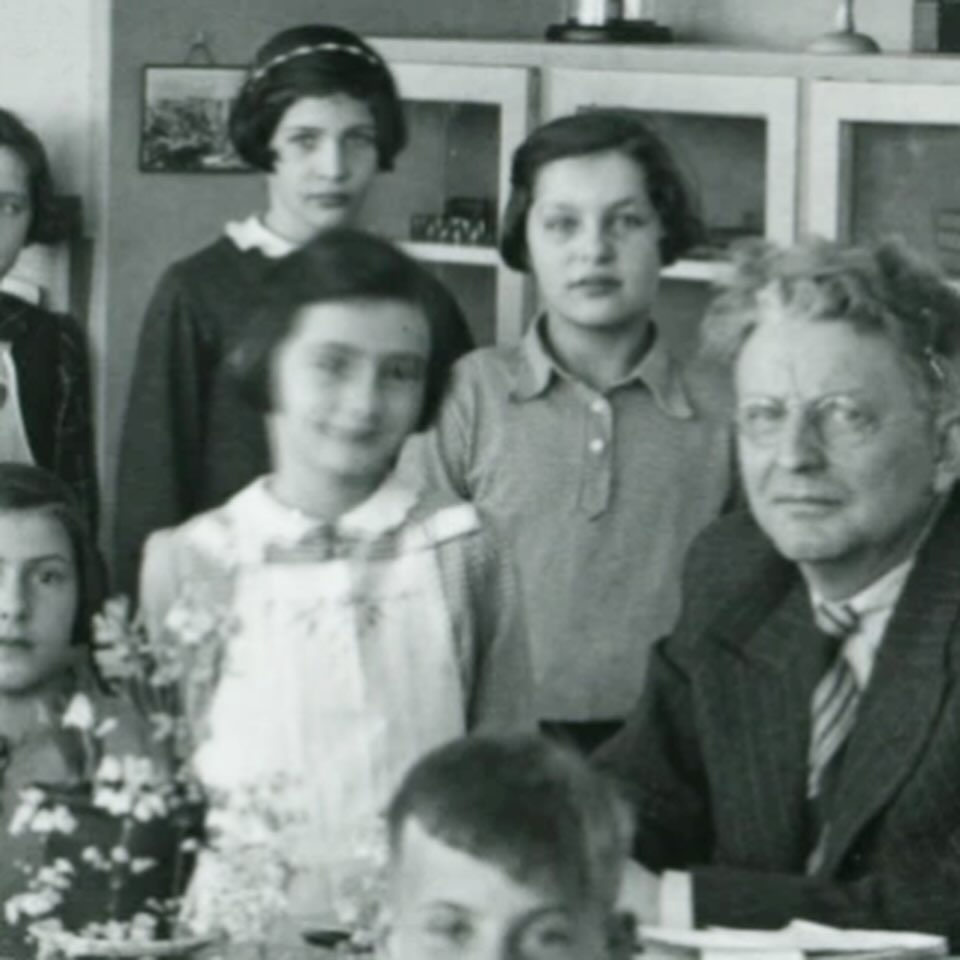
The story of Anne Frank’s time at the Montessori school is a beautiful, if heartbreaking, one. It reminds us that before she became a symbol of a generation lost to the Holocaust, she was a child with a vibrant personality and a love for learning. She was a girl who needed to be seen for who she was, and in her early school years, she was.
